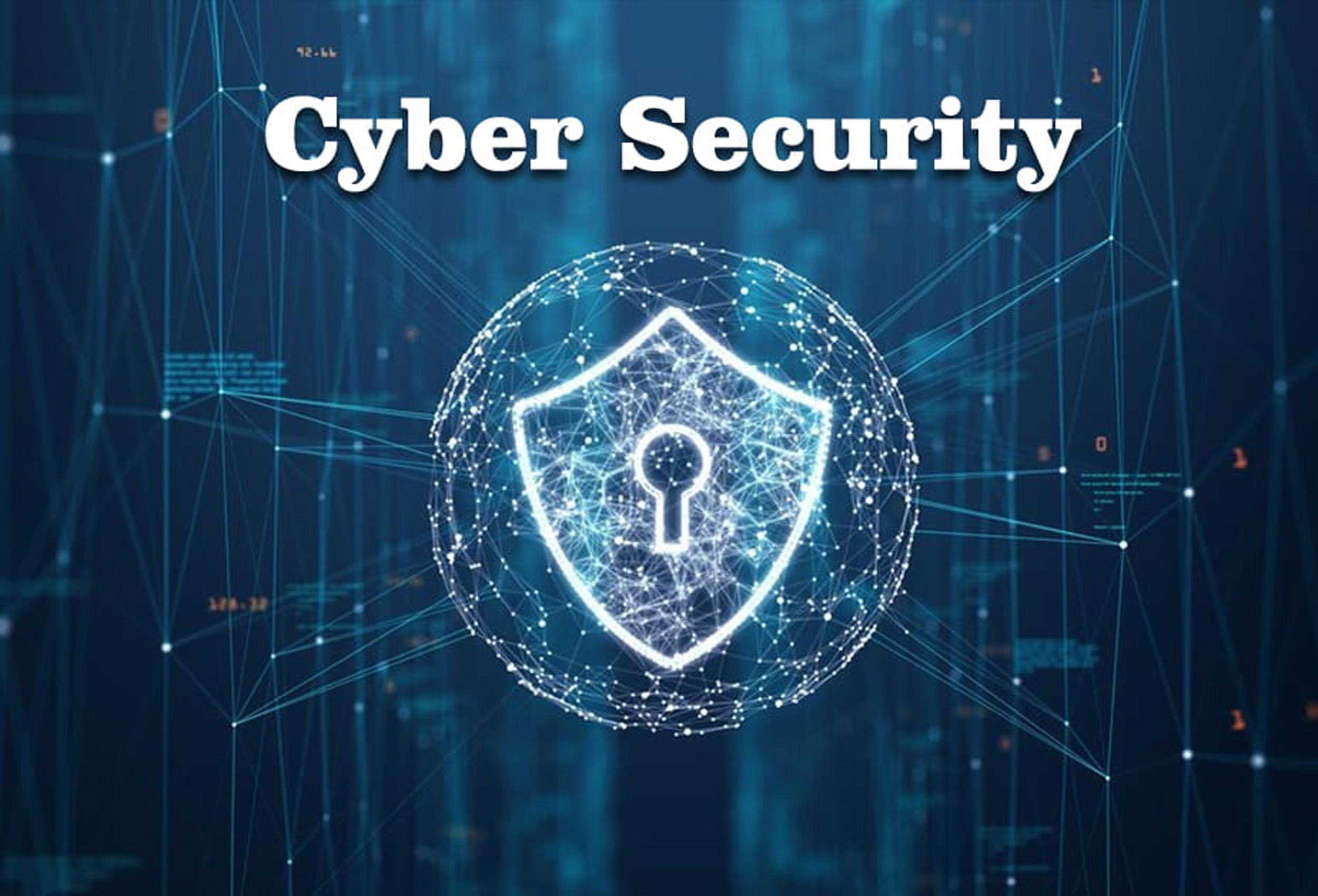It is a common occurrence: one organisation realises that another has duplicated its product at a lower cost and faster pace. Alternatively, a rival company successfully lures away a top-level executive who carries away valuable trade secrets. In both scenarios, your intellectual property is now in the possession of individuals who seek to share in your accomplishments.
Your intellectual property (IP) holds significant value for your business. It is crucial to understand that intellectual property theft is not exclusive to multinational corporations like Google and Uber; it affects businesses of all sizes. To protect your IP, it is essential to learn how to identify potential theft and take proactive measures. Follow these steps to safeguard your valuable assets.
Enhance Your Business Intellectual Property Security with These Cybersecurity Measures
If you achieve success, your competitors will be eager to acquire your intellectual property (IP) to understand and imitate your strategies. Additionally, it is crucial to prevent employees or former employees from disclosing your valuable trade secrets. Although legal professionals specialising in intellectual property law, including copyrights, patents, trademarks, and trade secrets, can assist, it is preferable to avoid being embroiled in a lawsuit due to stolen trade secrets.
Here Are Some Tips to Safeguard Your Trade Secrets
1. Understand What Requires Safeguarding
Intellectual property (IP) encompasses various types. While it is commonly understood that protecting tangible assets such as product designs or formulas is essential, many businesses also possess intangible IP that may not be as easily recognizable. Examples of such less conspicuous IP include:
- Documented design challenges, initial prototypes, testing data, and even spreadsheets can reveal crucial information about your strategies and activities related to beta features.
- Employee training materials often include confidential information that could provide competitors with valuable insights into the inner workings of your organisation.
- Internal documentation may include spreadsheets outlining quarterly objectives or investor-oriented white papers that may contain non-public information.
- The Securities and Exchange Commission (SEC) classifies your customer list as intellectual property and protects it as a trade secret.
Implementing a risk assessment and incorporating data classification measures can provide a comprehensive approach to prevent any overlooked aspects.
2. Employ Robust Access Controls to Minimise Exposure or Utilisation
Your security protocols should include guidelines that regulate the utilisation and entry of Intellectual Property (IP). Users and accounts must have access solely to the data necessary for their specific tasks. This not only safeguards your IP but also enhances the overall cybersecurity of your organisation. Implementing a structured framework such as SOC 2 or CIS Controls can serve as a solid basis for establishing effective access control measures. An expert in cyber security Hampshire will deliver end-to-end security solutions, helping to ensure that wherever and however you work, your business operations remain resilient and secure from internal and external threats.
Implementing this measure mitigates the risk of employees transferring data to their devices and taking it with them when transitioning to a new employment opportunity.
3. Educate Staff on Appropriate Access and Usage
Based on Kaspersky’s findings, the most significant vulnerabilities for data breaches are attributed to human error and employee actions. Business owners commonly express concerns regarding the unauthorised sharing of sensitive information and improper utilisation of IT resources by their employees. To safeguard intellectual property from these risks, we advise the following precautions:
- Providing employees with knowledge about intellectual property (IP) and its significance.
- Requiring employees to sign non-disclosure or intellectual property agreements.
- Creating an effective policy for the use of electronic devices
- To effectively restrict access to unauthorised websites, it is worth considering the implementation of a whitelisting approach.
4. Implement Monitoring Software
Although it is common for effective cybersecurity strategies to monitor network traffic, there are additional measures that can be implemented to safeguard intellectual property. It might be necessary to select specialised monitoring software that enables the tracking of various activities such as file transfers, printing patterns, email communications, and document alterations. These steps can enhance the protection of important assets and ensure the integrity of sensitive information.
Excessive monitoring in the workplace can generate feelings of anxiety, mistrust, and intrusion of privacy among employees. Therefore, it is essential to carefully evaluate the necessity of the activities you intend to monitor. This evaluation includes presenting a well-constructed argument to your team and effectively communicating the implementation of new data collection practices.
5. Develop an Employee Offboarding Strategy
As the adoption of policies such as BYOD increases, there is a possibility that your business data might end up on personal devices. It is important to incorporate procedures in your employee offboarding process to ensure the removal of confidential information from their devices. Additionally, it is crucial to remind employees to surrender any physical intellectual property materials they may have in their possession.
